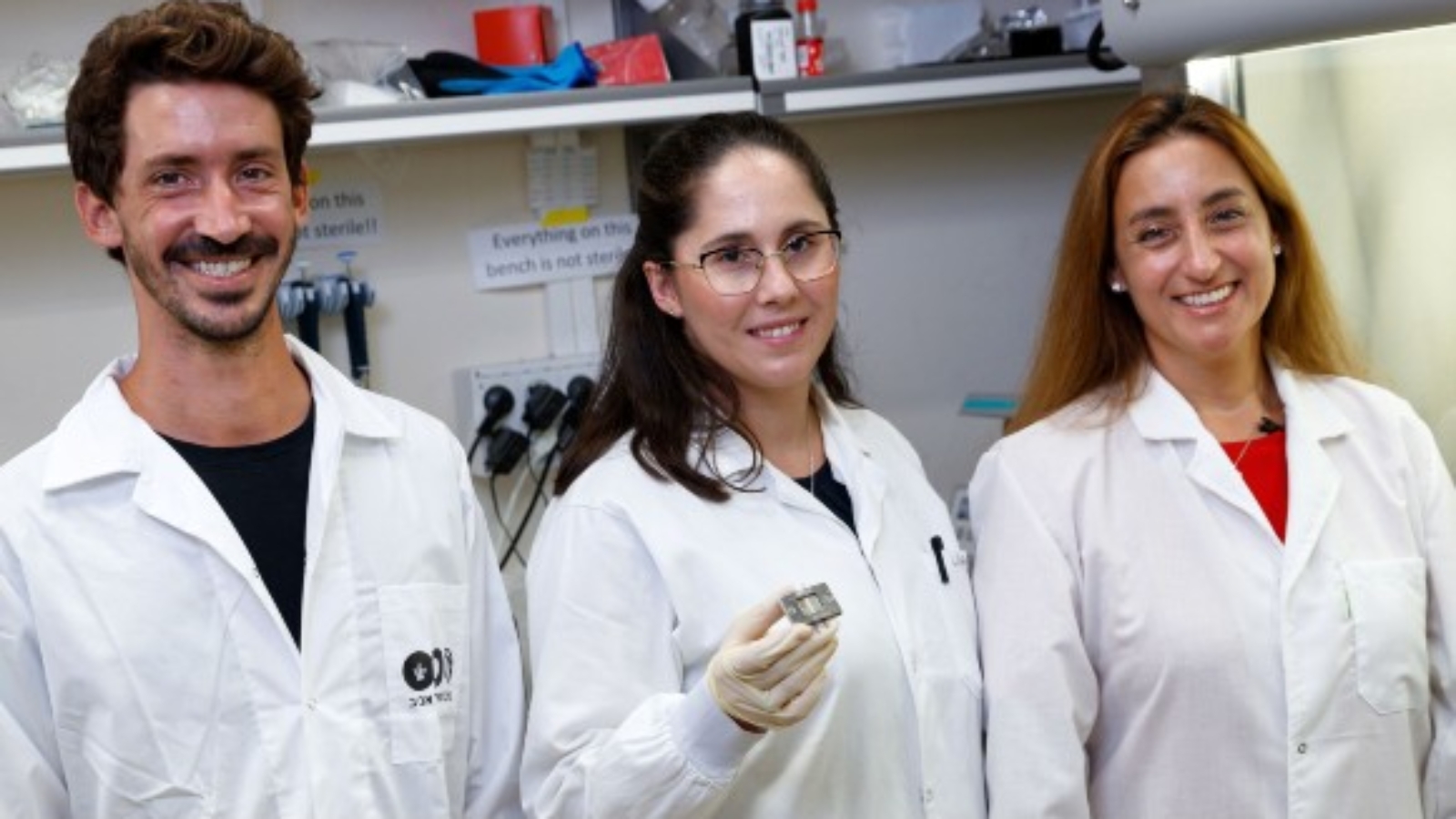Researchers from Tel Aviv University (TAU) have 3D printed a first-of-its-kind glioblastoma tumor using patient cells that could empower new methods to improve the treatment of brain cancer.
The TAU team has created what they claim is the “world’s first” fully functioning 3D model of a glioblastoma tumor by 3D bioprinting cancer tissue and the surrounding tissues that affect its development. The personalized model enables the researchers to test the efficacy of new drugs in an environment that accurately mimics an individual patient’s tumor and brain, and has the potential to significantly speed up the development of new drugs for brain cancer.
“Our innovation gives us unprecedented access to 3D tumors that better imitate the clinical scenario, enabling optimal investigation,” said Professor Ronit Satchi-Fainaro, Director of the Morris Kahn 3D-BioPrinting for Cancer Research Initiative at TAU, and the study’s lead researcher. “Cancer, like all tissues, behaves very differently in a petri dish or test tube than it does inside the human body.
“Approximately 90% of all experimental drugs fail in clinical trials because the success achieved in the lab is not reproduced in patients.”
Battling brain cancer
Notoriously fatal, glioblastoma is highly aggressive and accounts for the majority of brain tumors. The tumor spreads both quickly and unpredictably, making it challenging to treat with existing approaches such as surgery, radiation therapy, and chemotherapy. As such, the average life expectancy of patients diagnosed with glioblastoma is just 14-15 months.
While new drugs could lead to better patient outcomes, existing drug development methods in the lab are time-consuming and do not show how a treatment will work in an individual patient’s body. The TAU research team is seeking to address this issue with their new 3D printed glioblastoma model, which mimics a living cancer malignancy.
“If we take a sample from a patient’s tumor, together with surrounding tissues, we can 3D bioprint from this sample 100 tiny tumors and test many different drugs in various combinations to discover the optimal treatment for this specific tumor,” Satchi-Fainaro said. “Alternately, we can test numerous compounds on a 3D bioprinted tumor and decide which is most promising for further development and investment as a potential drug.”
According to Satchi-Fainaro, the ability to identify proteins and genes in cancer cells that can serve as new targets for drugs is the most exciting aspect of her team’s breakthrough. During testing, the researchers used the technology to target a specific protein mechanism they had previously identified that causes the immune system to help the glioblastoma spread, rather than attack the cancer cells. Through this, they were able to delay the growth of the glioblastoma and block its advance.

The 3D bioprinted glioblastoma
The researchers’ 3D printed tumor model is composed of a gel composition that resembles the brain and includes a complex system of blood vessel-like tubes through which blood cells and drugs can flow. The model can therefore simulate how a real tumor would develop and react to treatments.
The TAU team used biological samples of glioblastoma from patients, taken directly in the operating room, to conduct genetic sequencing of the cancer cells in the 3D model. This enabled them to replicate the specific growth rate and behaviour of each tumor, and as a result better predict treatment efficacy, drug target discovery, and new drug development.
Manufacturing on Demand
“The process in which we bioprint a tumor from a patient is that we go to the operating suite, we extract tissue from the tumor and we print it according to the MRI of the patient,” said Satchi-Fainaro. “Then, we have about two weeks in which we can test all the different therapies to evaluate their efficacy for the specific tumor, and get back with an answer about which treatment is predicted to be the best fit.”
In the future, Satchi-Fainaro hopes that her team’s novel 3D printed tumor models will enable the development of new drugs at a much faster rate than is currently possible, while also facilitating truly personalized medicine and treatment for brain cancer patients.
Further information on the study can be found in the paper titled: , published in the Science Advances journal. The study is co-authored by L. Neufeld, E. Yeini, N. Reisman, Y. Shtilerman, D. Ben-Shushan, S. Pozzi, A. Madi, G. Tiram, A. Eldar-Boock, S. Ferber, R. Grossman, Z. Ram, and R. Satchi-Fainaro.
3D printing advances in cancer treatment
According to the American Cancer Society, cancer deaths are set to top 16 million by 2040, a figure that calls in to question the efficacy of current treatments. Researchers and scientists are increasingly looking at how 3D bioprinting can aid diagnosis and drug development for cancer patients, and several breakthroughs in this area have already been achieved.
In August last year, Lawrence Livermore National Laboratory (LLNL) researchers combined 3D bioprinting with computational flow simulations to better understand cancerous tumor formations, and shortly after researchers from Washington State University (WSU) developed a soy-infused 3D printed bone-like scaffold that could fight off cancer cells.
Elsewhere, a team from Korea’s Asan Medical Center have 3D printed surgical guides to aid breast tissue retention during cancer surgery, while 3D Systems and CollPlant recently announced a partnership to develop 3D bioprinted soft tissue structures for breast reconstruction treatments for breast cancer survivors.
Most recently, scientists at Caltech and UC San Francisco unlocked a new method of targeted cancer therapy using 3D printing. They developed DNA-loaded 3D printed structures, named ‘ChemoFilters’, that have the ability to direct chemotherapy drugs towards affected organs, and away from healthy tissues.
* This article is reprinted from 3D Printing Industry. If you are involved in infringement, please contact us to delete it.
Author: Hayley Everett


Leave A Comment